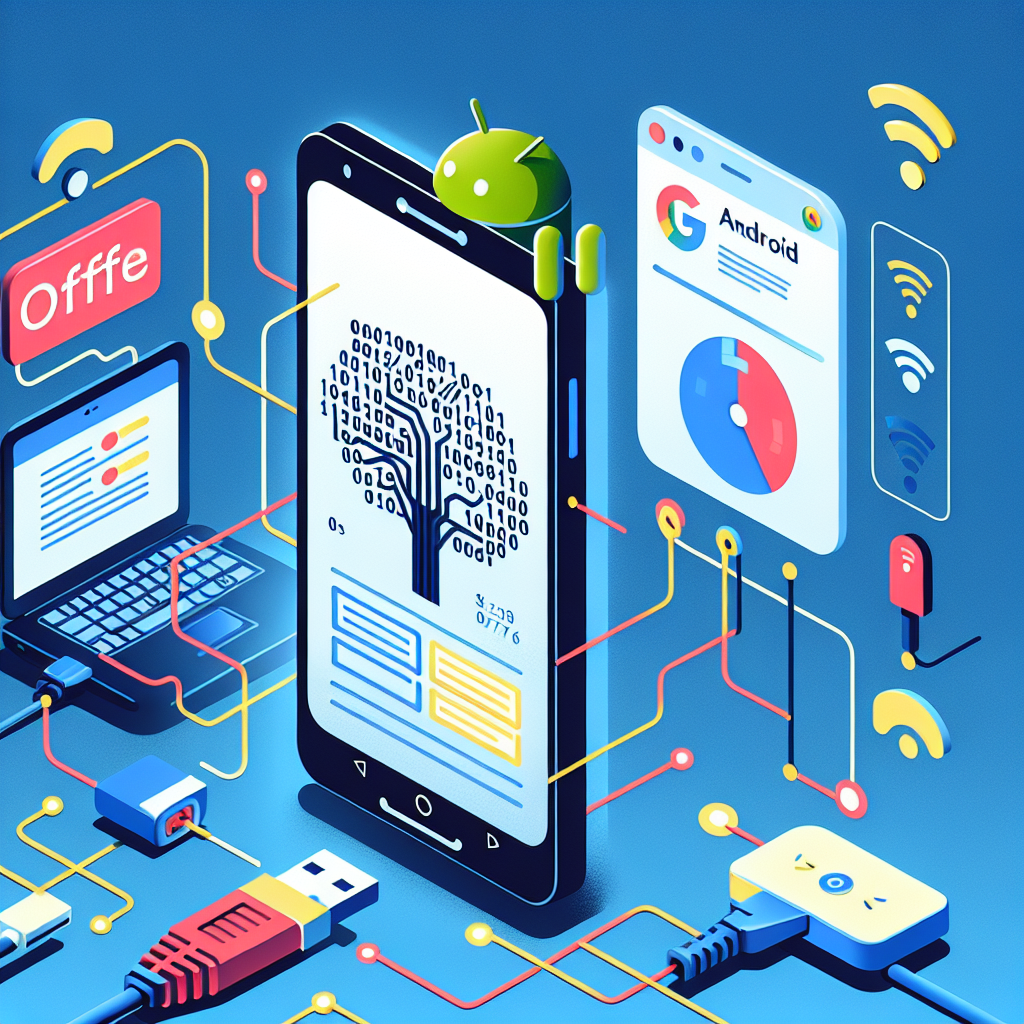AI on the Go: Google Pushes Boundaries with Offline AI Capabilities
Tech giant Google is reshaping the mobile AI landscape with the recent introduction of its AI Edge Gallery app. Aimed at enhancing on-device artificial intelligence, this innovative new feature allows Android users to run complex AI models locally—no internet connection required.
By partnering with Hugging Face, one of the largest open platforms for open-source AI models, Google is enabling users to deploy powerful AI tools directly on their smartphones. This move not only bolsters user privacy and latency-free performance but also opens new doors for AI functionality on edge devices.
What Is Google’s AI Edge Gallery?
The AI Edge Gallery is an experimental initiative that allows Android users to seamlessly explore, download, and run AI models from Hugging Face without relying on cloud services. Designed with developers, AI enthusiasts, and technologically savvy users in mind, this app brings the power of advanced artificial intelligence directly to mobile devices.
Key Features Include:
- Offline AI Discovery: Access and run AI models such as Google’s advanced Gemma 3n model without requiring internet connectivity.
- Integrated Tools: Utilize AI-driven applications like ‘Ask Image’ for visual queries and ‘AI Chat’ for intelligent conversations—all processed locally.
- Enhanced Privacy & Speed: By keeping data processing on the phone, the app ensures faster performance and greater user privacy.
Unlocking the Power of Hugging Face Models
One of the most compelling aspects of the AI Edge Gallery is its ability to harness Hugging Face’s vast model repository. Hugging Face is known for its open-source contributions to AI, especially in the fields of natural language processing, computer vision, and generative AI.
With the AI Edge Gallery, users can try out AI models across a wide range of use cases—all tailored to Android’s computing capabilities. Models like Google’s Gemma 3n offer exceptional performance even without cloud computing resources, making this solution feasible for users with limited internet access or those who prioritize privacy.
Gemma 3n: Bringing Serious AI Muscle to Mobile
The inclusion of Google’s Gemma 3n model is a significant highlight. Known for its efficient architecture and real-time processing capabilities, Gemma 3n powers functions such as:
- ‘Ask Image’: Users can point their camera at an object or upload an image to receive intelligent, AI-generated insights instantly.
- ‘AI Chat’: Offers dynamic, conversational experiences close to that of large-scale language models like GPT and LaMDA—entirely offline.
A Big Leap Toward Edge AI
The concept of Edge AI—running AI models directly on devices rather than in the cloud—has been steadily gaining momentum. With this release, Google takes a huge leap toward democratizing AI access, particularly in regions with unreliable internet or stringent data privacy requirements.
Advantages of Edge AI:
- Instant Responses: No latency due to server communication.
- Improved Data Protection: Sensitive information is processed locally rather than being transmitted for cloud processing.
- Energy Efficiency: Reduces dependency on server farms for computation, conserving global energy resources.
A Glimpse into the Future of Mobile AI
By putting powerful AI tools directly into users’ hands—literally—Google is setting the stage for next-gen mobile computing. The AI Edge Gallery can pave the way for smartphone applications that are smarter, faster, and more secure, while democratizing access to cutting-edge AI technologies.
This initiative also positions Google as a frontrunner in the race to integrate AI meaningfully into everyday tools, from personal assistants to augmented reality apps and beyond.
Implications for Developers
For the developer community, this release is a golden opportunity. Building and testing AI-powered apps that process data locally can shorten development cycles and lead to more robust, efficient mobile applications.
With customizable model deployment options and compatibility with Hugging Face, developers now have an advanced sandbox to experiment, iterate, and deploy AI features in a streamlined environment.
Final Thoughts: A Game-Changer in the AI Space
Google’s AI Edge Gallery marks a transformative moment for the mobile AI ecosystem. As users and developers explore the capabilities of on-device AI, we may see widespread innovation in personalized health tracking, real-time translation, adaptive learning tools, and intelligent robotics—all powered from your pocket.
The era of disconnected AI is officially here, and it’s being led by Google.
Stay tuned as we follow the developments in edge AI and how it promises to revolutionize mobile technology as we know it.



Leave a Reply